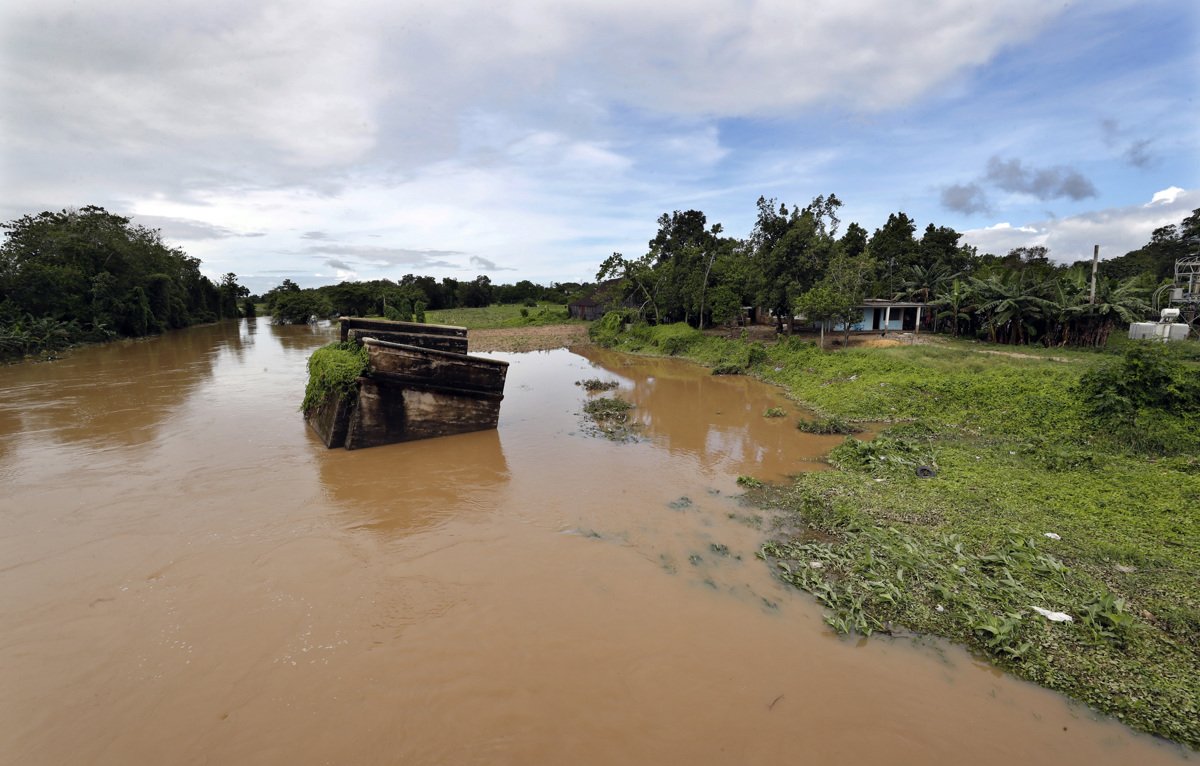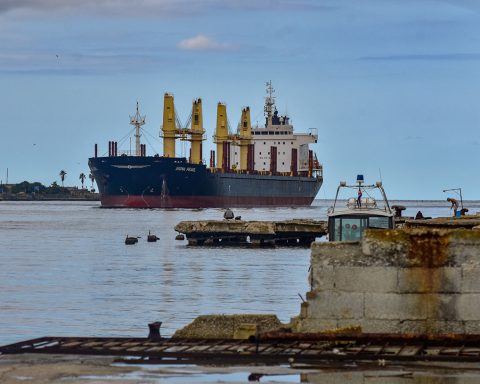the strong rainy of recent days in western and central Cuba have caused damage to 750 homes and 3,200 hectares of crops, in addition to power outages, according to a preliminary report from the Cuban government released this Sunday.
The downpours, remnants of Hurricane Agatha, have also left three dead and one missing in Cuba, as previously reported. Rainfall is already subsiding in almost the entire Cuban territory as it moves in a northeasterly direction.
In a meeting to check the weather situation led by President Miguel Díaz-Canel, it was noted that recovery work has already begun. The president advocated on Twitter to maintain caution despite the fact that rainfall is decreasing.
The hydrometeorological organism moves away; But don’t let trust prevail. Yesterday we carried out a check on the situation caused by the current hydrometeorological event in the National Civil Defense General Staff. https://t.co/OKaz8dz617
– Miguel Díaz-Canel Bermúdez (@DiazCanelB) June 5, 2022
According to the preliminary report, the greatest effects are located in 750 homes, 21 of them reported with total collapses and 162 with partial damage, mainly on the roofs.
For his part, the Minister of Economy and Planning, Alejandro Gil, specified that 3,200 hectares of tobacco, sweet potato, cucumber and pumpkin plantations were damaged.
The effects on the electricity sector, which reached 158,000 customers, now only 4,487 remain without service, especially in the western provinces of Pinar del Río and Artemisa.
For its part, the accumulated average rainfall reached 73.6 millimeters, equivalent to 38% of the monthly average, according to the National Institute of Hydraulic Resources (INRH).
In addition, the reservoirs are at 51% after the torrential rains, which represents an increase of 409 million cubic meters of water due to the storm, and new contributions not yet accounted for are expected.
The rains lessen
While the area of low pressure that has impacted half of the country is moving away, there are still rains in some central areas, although less, indicated the Forecast Center of the Institute of Meteorology (Insmet).
“This Sunday conditions will begin to improve, but we cannot lose sight of the fact that June is the rainiest month of the year,” he stressed in a notewhich also warns of the possibility of persistent rains next week.
#weatherprospects?? #5June
Tropical Storm Alex moves away across the Atlantic, the ☁️⛈️?️ continue in the center ??, 115 mm in Topes de Collantes, Sancti Spíritus. @InsmetC @ElbaRosaPM more details:https://t.co/MbwhG1Bk3t pic.twitter.com/8XYgaQq7WD— Forecast Center, Insmet (@cnp_insmet_cuba) June 5, 2022
This June 1 began the cyclone season in the Atlantic – described as “very active” – which will end on November 30, and in which up to 17 cyclones are expected, nine of them with the possibility of reaching the category of hurricane. The Insmet considers it very likely that one of them will affect Cuba.
The 2021 cyclone season ended with 21 named storms, of which seven became hurricanes and two hit Cuba, Elsa and Ida.
The last time a large hurricane affected Cuba was in 2017, when Irma crossed the north coast of the island from east to west, leaving 10 dead and material losses officially valued at 13,185 million dollars.

















